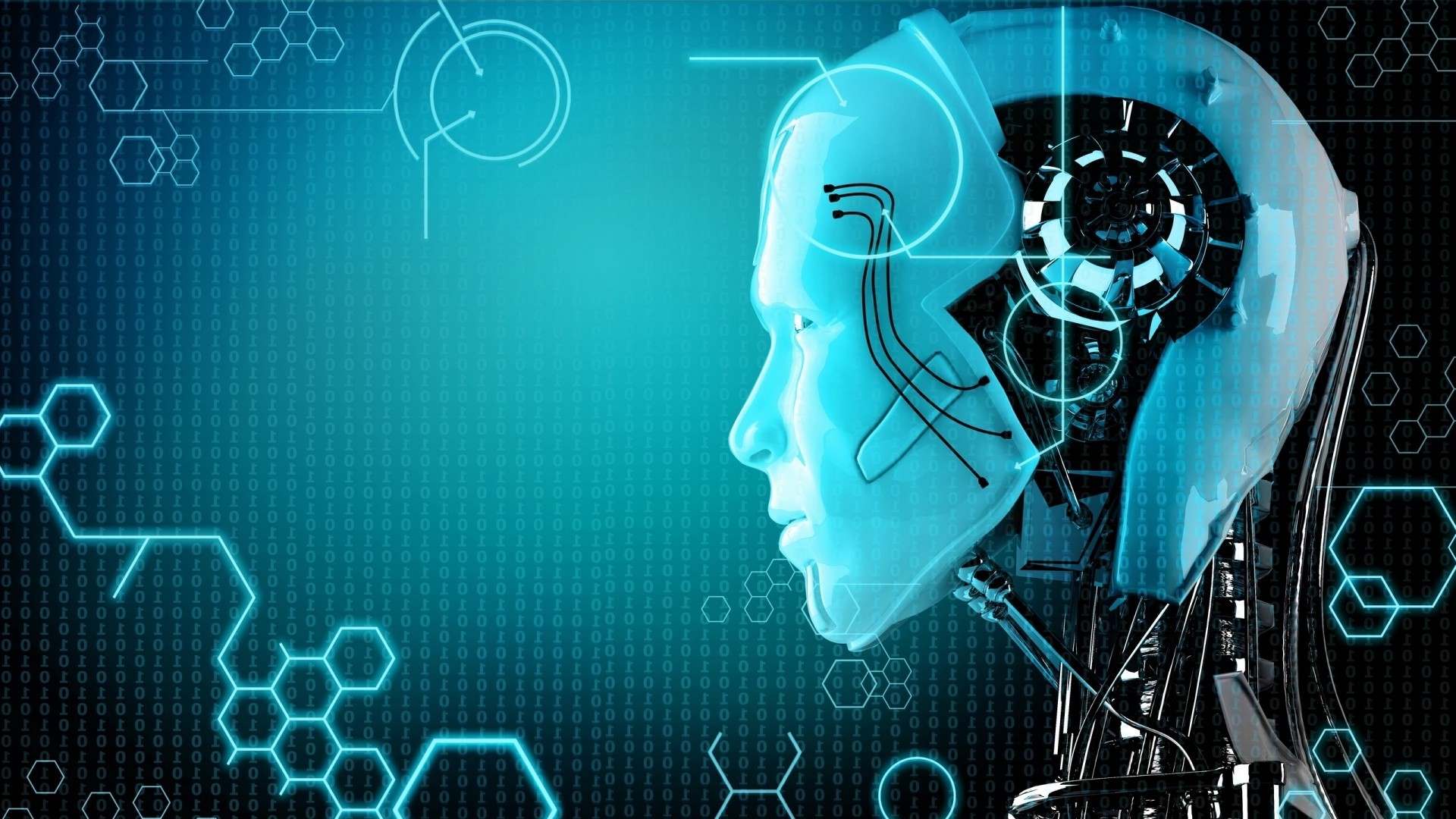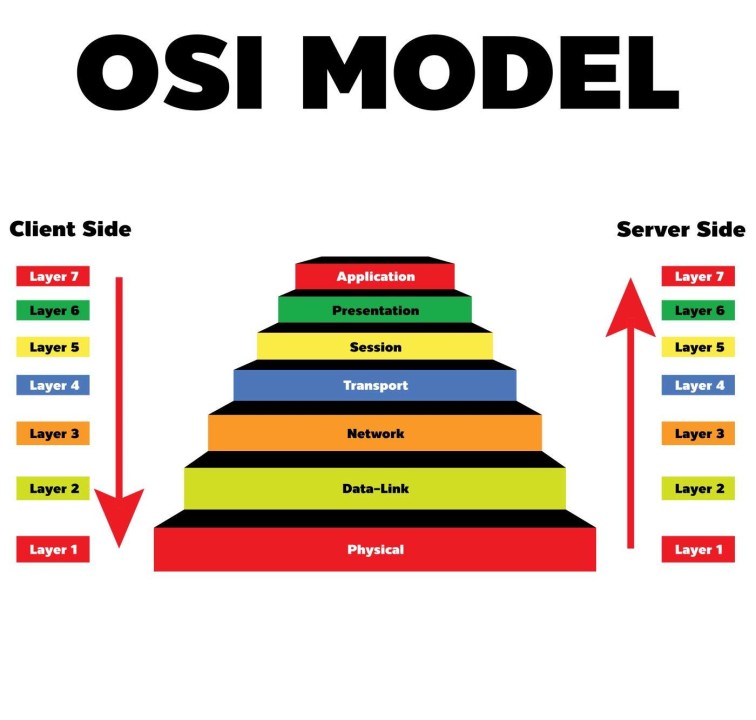
The integration of Artificial Intelligence (AI) and robotics in industrial automation is revolutionizing the manufacturing sector, enhancing efficiency, productivity, and accuracy. The fusion of AI in robotics has led to the development of intelligent systems capable of performing complex tasks with minimal human intervention. This article explores the various facets of AI in robotics within industrial automation, highlighting its benefits, applications, challenges, and future prospects.
Understanding AI in Robotics
AI in robotics refers to the application of AI technologies to enhance the capabilities of robotic systems. This includes enabling robots to perceive their environment, make decisions, and learn from their experiences. By integrating AI, robots can perform tasks that require adaptability, precision, and decision-making, which were previously beyond the scope of traditional automation systems.
Key Components of AI in Robotics
Applications of AI in Robotics for Industrial Automation
Assembly Line Automation
AI-powered robots are transforming assembly lines by performing repetitive and precise tasks with high efficiency. These robots can adapt to different product designs and variations without extensive reprogramming.
- Adaptive Manufacturing: AI in robotics allows for adaptive manufacturing processes where robots adjust their actions based on real-time feedback. This reduces downtime and enhances productivity.
- Quality Control: AI-enabled robots can inspect products for defects with higher accuracy than human inspectors. Computer vision systems can detect even the smallest imperfections, ensuring high-quality standards.
Material Handling and Logistics
Robots equipped with AI capabilities are optimizing material handling and logistics operations within manufacturing facilities. They can transport raw materials, components, and finished products efficiently.
- Automated Guided Vehicles (AGVs): AI-driven AGVs navigate through warehouses, avoiding obstacles and optimizing routes. This improves the efficiency of material movement and reduces the risk of accidents.
- Inventory Management: AI-powered robots can manage inventory by tracking stock levels, identifying shortages, and autonomously restocking items. This ensures a smooth flow of materials and minimizes production delays.
Predictive Maintenance
AI in robotics plays a crucial role in predictive maintenance by monitoring the condition of machinery and predicting potential failures before they occur. This reduces downtime and maintenance costs.
- Condition Monitoring: AI algorithms analyze data from sensors embedded in machines to detect anomalies and predict failures. Robots can then perform maintenance tasks or alert human operators to take action.
- Automated Repairs: In some cases, robots equipped with AI can perform automated repairs, such as replacing worn-out parts or lubricating machinery. This enhances the reliability and longevity of industrial equipment.
Collaborative Robots (Cobots)
Cobots are designed to work alongside human operators, enhancing productivity and safety in manufacturing environments. AI in robotics enables cobots to understand human intentions and respond accordingly.
- Human-Robot Interaction: AI-powered cobots can interpret gestures, voice commands, and other cues from human workers, facilitating seamless collaboration. This improves workflow efficiency and reduces the risk of accidents.
- Safety Features: AI algorithms enable cobots to detect and avoid collisions with humans and other objects. This ensures a safe working environment and allows for close human-robot interaction.
Advanced Robotics for Complex Tasks
AI in robotics is enabling the automation of complex tasks that require dexterity, precision, and decision-making capabilities. This includes tasks in industries such as electronics, aerospace, and pharmaceuticals.
- Microassembly: AI-powered robots can perform microassembly tasks, such as assembling tiny electronic components, with high precision. This is essential for the production of modern electronic devices.
- Pharmaceutical Manufacturing: Robots equipped with AI can handle delicate tasks in pharmaceutical manufacturing, such as mixing compounds and filling prescriptions. This ensures accuracy and compliance with regulatory standards.
Benefits of AI in Robotics for Industrial Automation
- Increased Efficiency: AI-powered robots can operate continuously without fatigue, significantly increasing production rates and reducing cycle times. They can also optimize their actions to minimize waste and improve resource utilization.
- Enhanced Precision and Quality: AI algorithms enable robots to perform tasks with high precision, reducing the likelihood of errors and defects. This ensures consistent product quality and reduces the need for rework.
- Flexibility and Adaptability: AI in robotics allows for greater flexibility in manufacturing processes. Robots can adapt to changes in product design and production requirements, reducing the need for extensive reprogramming.
- Cost Savings: While the initial investment in AI-powered robots can be high, the long-term cost savings from increased efficiency, reduced downtime, and lower maintenance costs are significant. This leads to a higher return on investment.
Challenges and Limitations
Despite the numerous benefits, the integration of AI in robotics for industrial automation also presents several challenges:
- High Initial Costs: The deployment of AI-powered robotic systems requires a significant initial investment in hardware, software, and infrastructure. Small and medium-sized enterprises (SMEs) may find it challenging to afford these costs.
- Complex Implementation: Implementing AI in robotics involves complex integration processes, including programming, training, and fine-tuning algorithms. This requires skilled personnel and can be time-consuming.
- Data Requirements: AI algorithms rely on large datasets for training and operation. Collecting and processing sufficient data can be a challenge, especially in industries with limited data availability.
- Workforce Impact: The adoption of AI-powered robots may lead to concerns about job displacement. It is essential to address these concerns through workforce retraining and upskilling programs to ensure a smooth transition.
Future Prospects of AI in Robotics for Industrial Automation
The future of AI in robotics for industrial automation is promising, with ongoing advancements expected to further enhance capabilities and applications. Some potential future developments include:
- Autonomous Factories: The concept of fully autonomous factories, where AI-powered robots manage the entire production process with minimal human intervention, is becoming a reality. This will lead to unprecedented levels of efficiency and productivity.
- AI-Driven Innovation: AI in robotics will drive innovation in manufacturing processes and product design. Intelligent robots will collaborate with human designers to create new products and optimize production techniques.
- Integration with IoT: The integration of AI in robotics with the Internet of Things (IoT) will enable real-time data sharing and analysis across the entire production ecosystem. This will enhance coordination and enable predictive and prescriptive analytics.
- Enhanced Human-Robot Collaboration: Future advancements in AI will lead to even more intuitive and effective human-robot collaboration. Robots will become more capable of understanding and responding to human intentions, improving workflow efficiency.
- Sustainable Manufacturing: AI-powered robots will contribute to sustainable manufacturing practices by optimizing resource use, reducing waste, and improving energy efficiency. This aligns with global efforts to create environmentally friendly industrial processes.
Conclusion
The integration of AI and robotics in industrial automation is transforming the manufacturing landscape, offering unprecedented levels of efficiency, precision, and flexibility. By leveraging AI in robotics, industries can automate complex tasks, enhance product quality, and achieve significant cost savings. While challenges remain, ongoing advancements and innovations are paving the way for a future where AI-powered robots play a central role in industrial automation. As the technology continues to evolve, the collaboration between human workers and intelligent robots will drive the next wave of industrial revolution, shaping the future of manufacturing.
